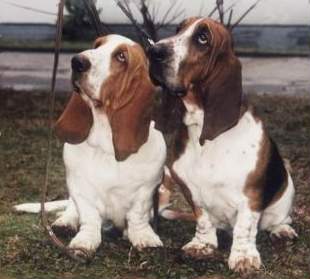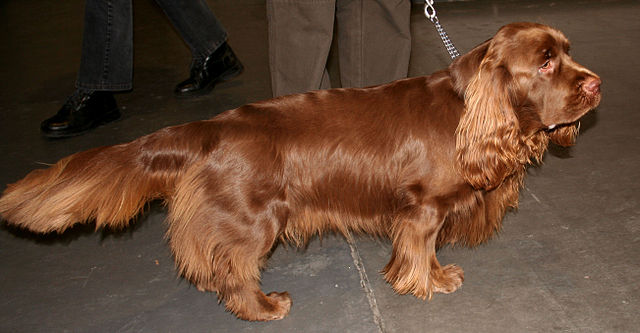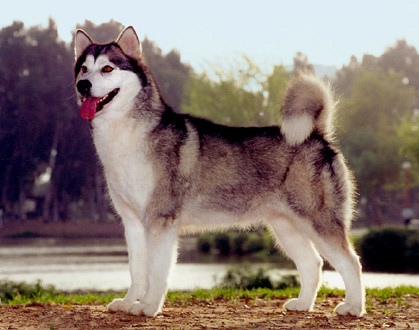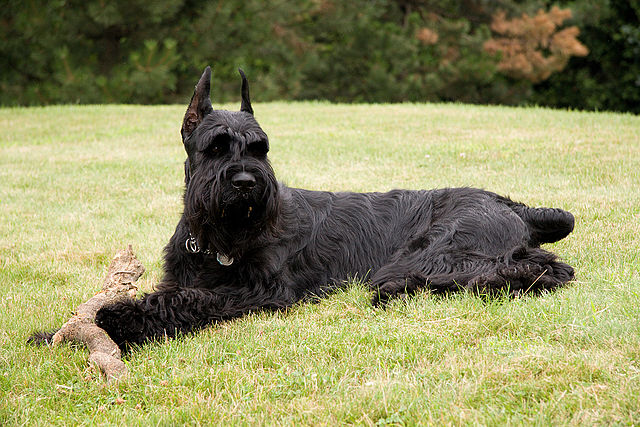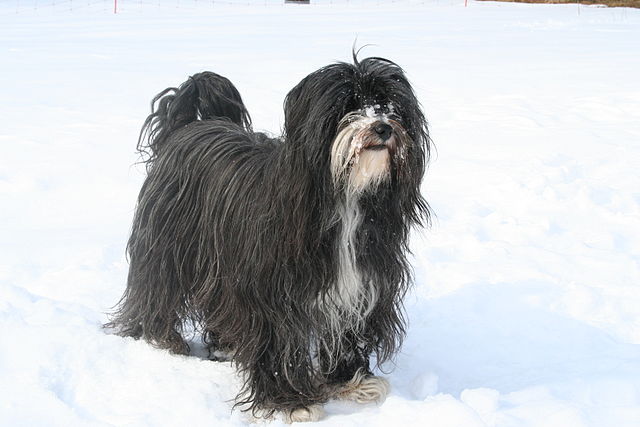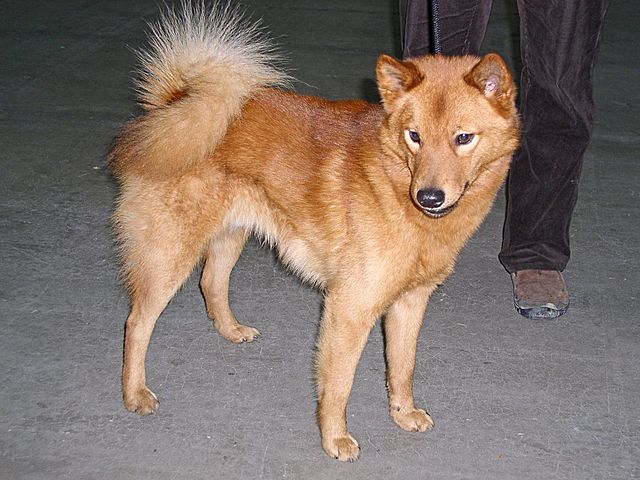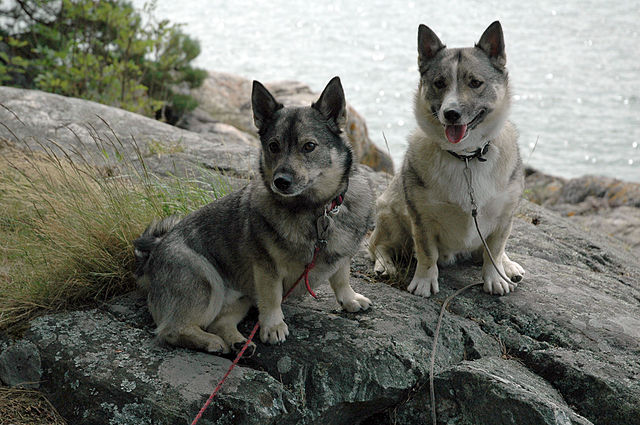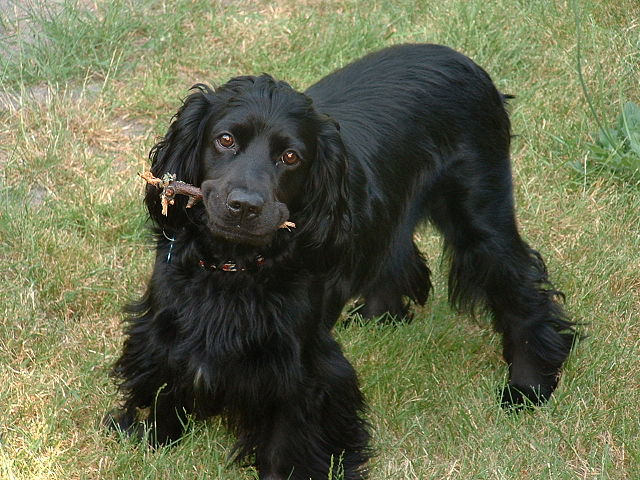The American Staffordshire Terrier is a breed which has been gaining in popularity for a while now. At the same time, he has also been targeted unfairly. Unreasonable legislation has popped up across the country targeting several “bully breeds” – the American Staffordshire Terrier being one of them. This is not to say that the breed has the same temperament as a Golden Retriever… he definitely needs to be owned by those who know what they are doing. However the bad press touting him as “vicious” and “likely to turn on his owner” is based more on fear than on actual fact.
The AmStaff, as he is affectionately nicknamed, is rarely a people-aggressive dog. In fact, he is an excellent family dog and usually extremely good with children! Many enjoy acting silly just to make their owners laugh. This is not to say that he isn’t strong or powerful, however. He is. If not trained, he does a very good job at dragging his owners down the street. A simple walk can turn into a frustrating experience if the dog is not leash-trained and obedience-trained.
The AmStaff is also very athletic and needs to be exercised… another reason why training him is so important. A well-trained AmStaff is a joy to live with! There are many activities you can do with him, including formal obedience competitions, agility, and tracking. He generally loves to please his owners, and takes very well to obedience training.
Socialization is important for this breed. As a puppy, he needs to be introduced to as many people, animals, places and situations as possible. This helps him to become well-rounded and not easily spooked or scared of new things. Doing so not only helps your own dog, but also makes him a good ambassador for the breed.
The AmStaff is not a dog which can be just left out in the yard with little contact. Throughout his entire life, he needs to spend quality time with you and your family. Otherwise, if he becomes bored he can also become destructive to your property.
The AmStaff is a “tough” breed in many different ways, one of which is that he is less likely to show being hurt if he is injured. This stoic nature means that owners need to be vigilant about watching him so they know when to take him to the vet. Whereas some dogs might cry out or complain when they are hurt, the AmStaff is more secretive about it. He still needs to visit the vet hospital if he is injured, so make sure to watch him closely.
Many people who own this breed swear that their dogs are the most loyal and devoted companions they have ever had. This, combined with their gentle natures and reliable steadiness, makes them the first choice for countless dog owners.

“Amstaff 9 months old cropped ears2” by Wickedpedia81

